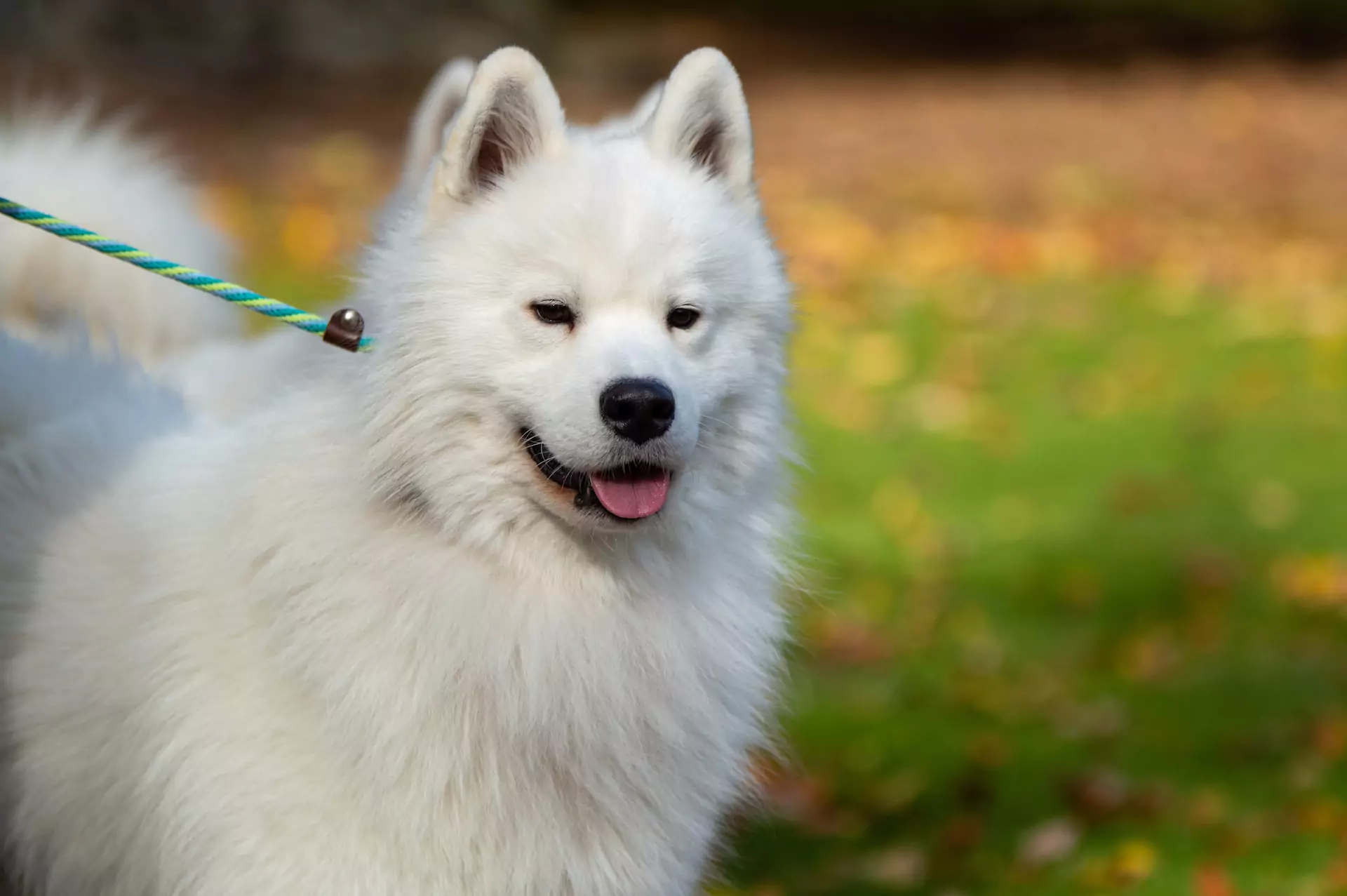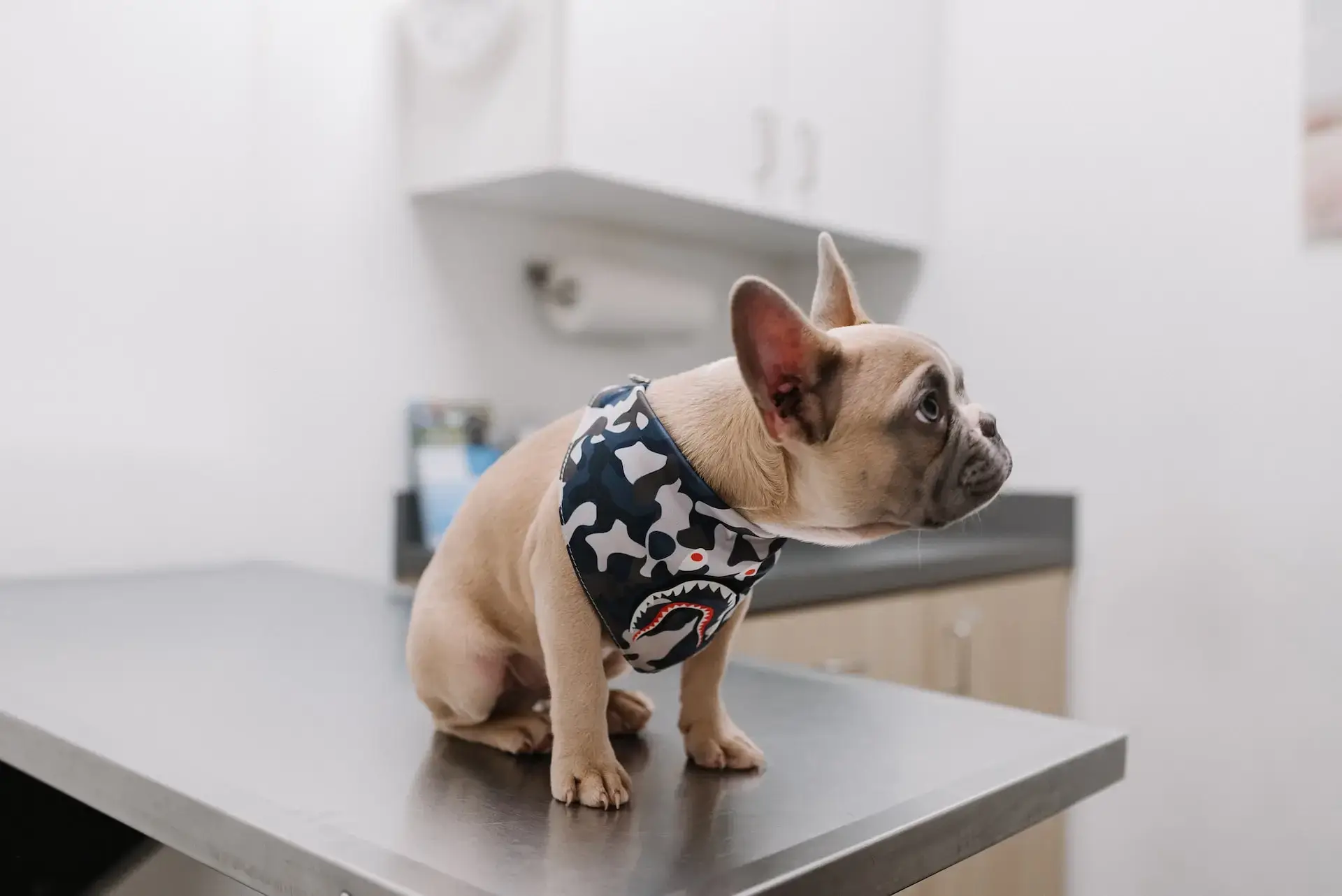If you’ve rec ently adopted a new pup, one of the first things that you’ll need to purchase for Fido is a collar. All of our canine companions need a good collar, and it’s up to you to find the right one. The question is, how do you know which one to choose? There are certainly a lot of options out there! A local vet offers some tips on this below .
T he Importance of the Collar
Your dog’s collar is important for their safety. First of all, it connects you and your dog, via the leash. Without a collar, you’d have no physical control over your pooch’s movements, and may not be able to stop them from darting away from you, perhaps into the street or toward another animal. Always play it safe! Even the most well-trained dogs should wear a collar and leash while going on walks outdoors.
Collars also provide a place to hang your dog’s ID tags. These small items are not only required by law in many places: they could also play a huge role in getting your pet returned to you if he ever runs away or gets lost. Most vets recommend using both collar tags and a microchip implant for maximum identification potential.
Types of Collars
There are many different collar types out there. The most common is the standard flat collar. This is usually made of nylon, but could also be crafted from leather or other materials. There are also Martingale collars, also known as limited-slip collars. These are particularly useful for dogs with slender heads, like Greyhounds and Whippets. Martingale collars tighten if your dog gets too close to slipping out of their collar.
There are also various types of training collars.These might be needed depending on your dog’s behavior. Some examples of these include choke collars, prong collars, spray collars, shock collars, and more. Be sure to check with your veterinarian or a professional dog trainer before using a collar of this type on your dog. In general, it’s best to leave these to the pros.
Sizing and Fit
There is a general rule of thumb to follow as far as fit. You should easily be able to fit two fingers between your dog’s collar and their neck. If you can’t, the collar is too tight. When shopping, keep in mind that a collar that fits a puppy will be too small by the time little Fido is all grown up. With puppies it’s important to check the fit of their collars frequently and adjust as needed.
You’re not alone in the search for the perfect collar. Contact your vet’s office for advice on the best choice for your dog.






!Social Media Icons